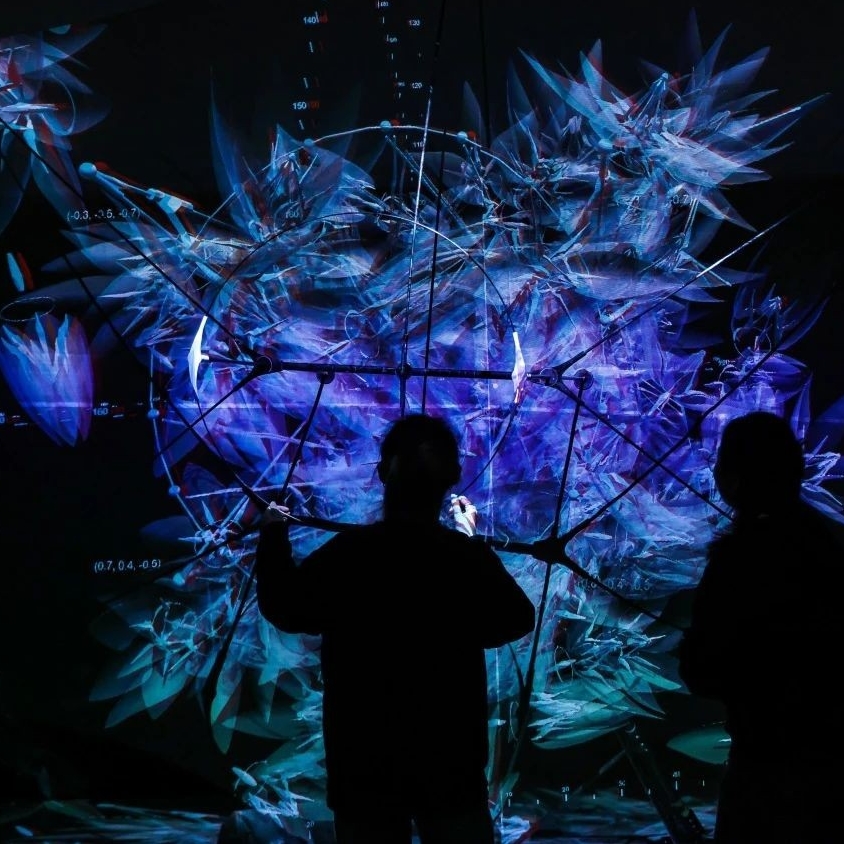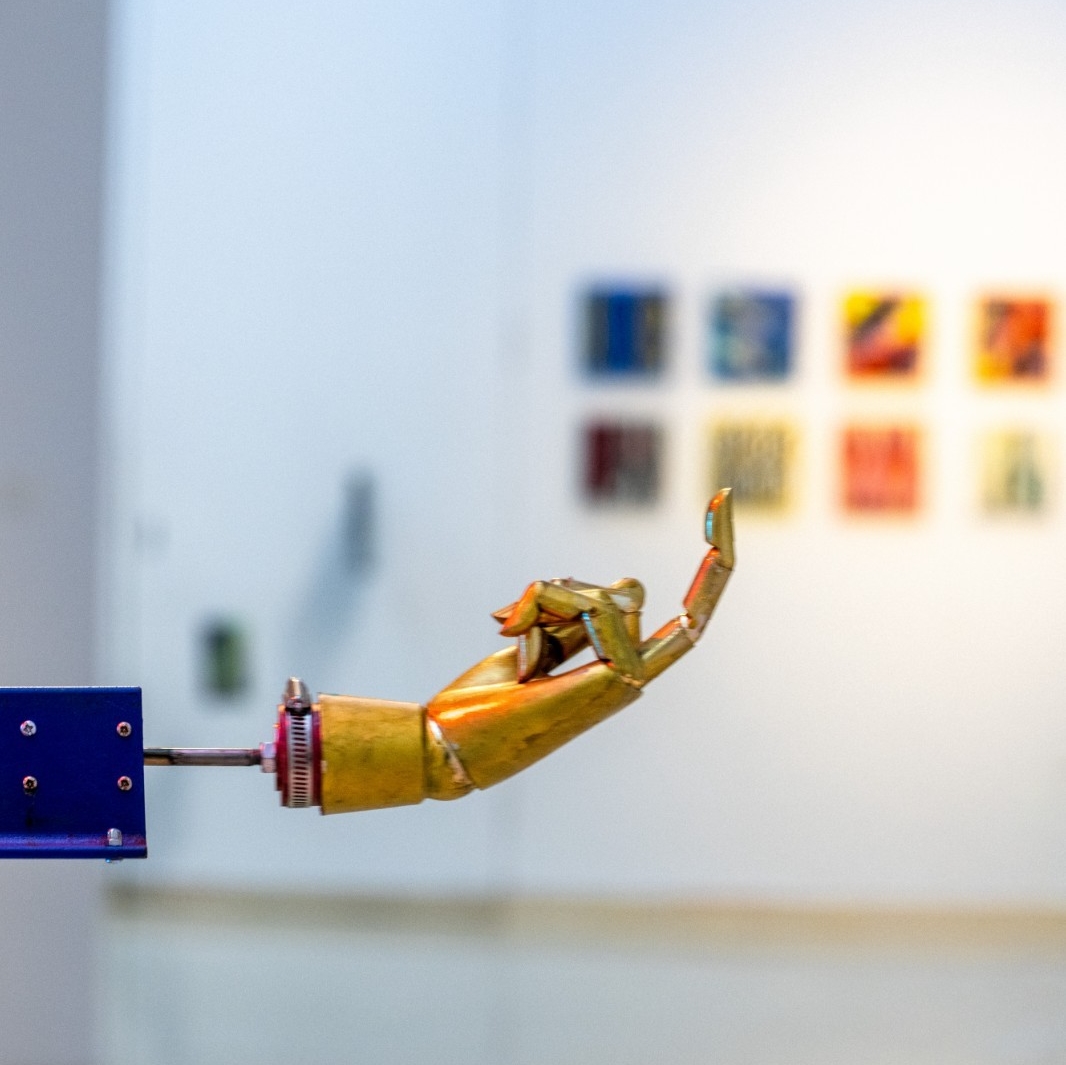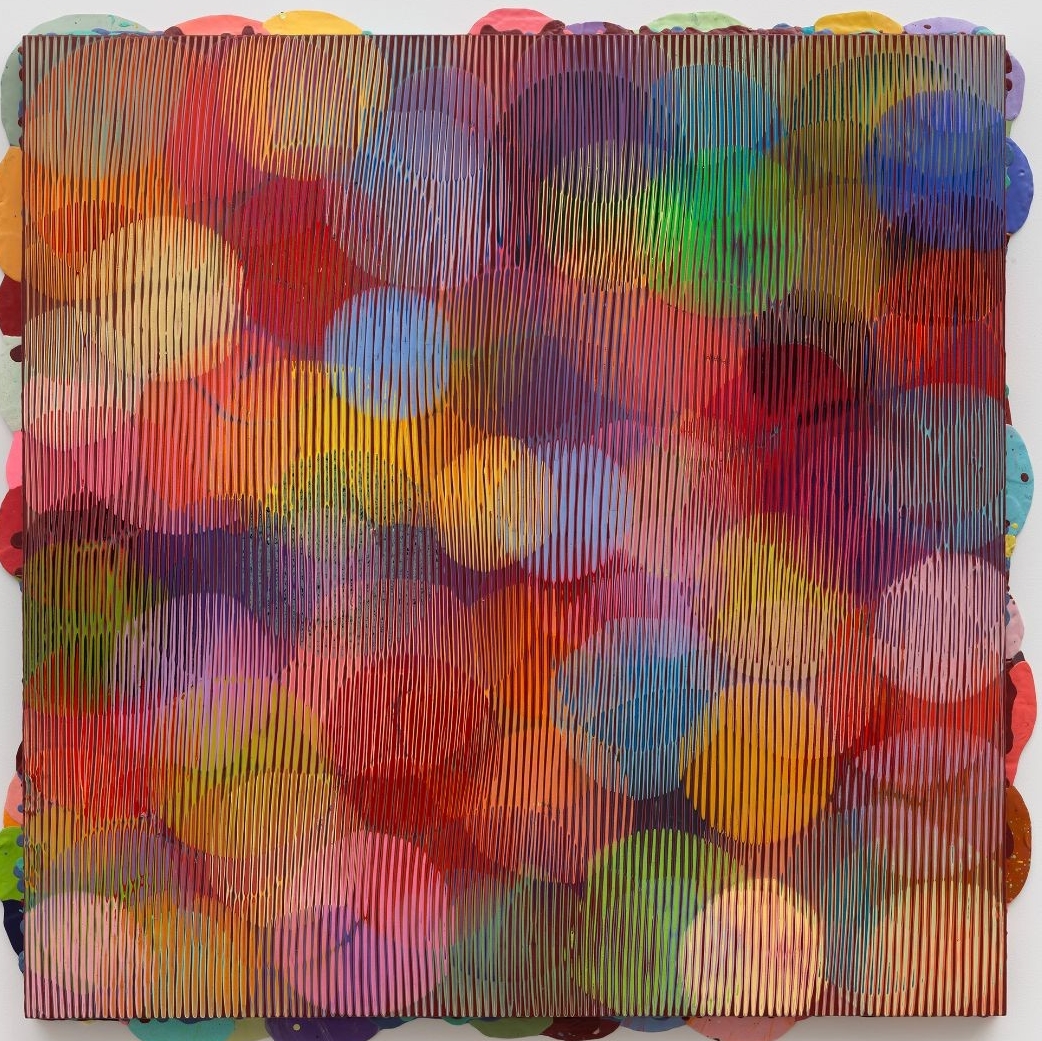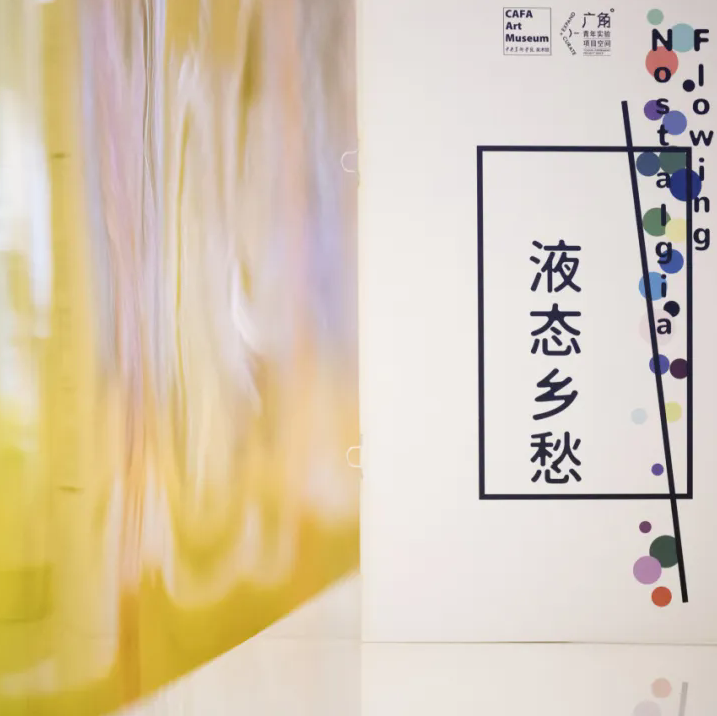
Installation view of “Lawrence Weiner To Allow The Light” (2007).
UCCA Center for Contemporary Art presents “Lawrence Weiner: A PURSUIT OF HAPPINESS ASAP” between July 20 and October 20, 2024. This survey exhibition is Lawrence Weiner’s first major presentation in China, showcasing nearly fifty works in language that span his trailblazing career. Here, viewers are invited to experience and explore the sculptural qualities of language as manifested by one of the earliest conceptual artists.
Curated by Peter Eleey, UCCA Curator-at-Large, in close collaboration with the artist’s estate, “A PURSUIT OF HAPPINESS ASAP” brings Weiner’s groundbreaking work back to UCCA seventeen years after the museum commissioned “TO ALLOW THE LIGHT” for its inaugural exhibition series in 2007.
“Lawrence Weiner: A PURSUIT OF HAPPINESS ASAP” showcases nearly fifty works in language that span the entirety of the artist’s career, drawn from the almost 1200 he created over more than half a century. Selected drawings, posters, and moving images provide additional context for viewers, whom Weiner referred as the “receivers” of his work. Each piece finds expression in the specific spaces of UCCA’s Great Hall, allowing subjective reflection depending on circumstances, relationships, setting, and presentation.
While often associated with the development of Conceptual Art in the United States and Europe, Weiner’s language-based practice is notable for its simplicity and accessibility, as well as its invitation to audiences. In 1968, following a public installation that he created on a college campus, Weiner realized that he could achieve a similar result without physically constructing the sculpture. This led him to formalize a foundational philosophy for his work, which became pivotal in influencing the direction of contemporary art:
1. The artist may construct the piece.
2. The piece may be fabricated.
3. The piece need not be built.
Each being equal and consistent with the intent of the artist, the decision as to condition rests with the receiver upon the occasion of receivership.
Since then, Weiner used language as a material and structure to create works that describe what he termed “the relationships of objects to objects in relations to human beings.” Despite his reliance upon words, the artist was clear that he understood himself as a sculptor. “The work that I do uses language,” he said in 2005, “but it’s all about material.”
Incorporating the ease with which we read certain phrases, Weiner worked with words in ways that expand and contract meaning. He might place a common phrase (“in & out”) with another (“out of place”), layering them like a collage (“in & out of place”) to expose aspects of their construction. Deeply attuned to both popular and technical languages, he embraced the accessibility of familiar sayings of common culture while also employing terminology from chemistry, physics, and other natural sciences. This combination grounds his work in the folkways of vernacular, everyday communication but also in elemental materials, drawing out a deep poetry from the world and its inhabitants.
Though he insisted that “the piece need not be built” in order to exist, the generous terms that he created for his art allowed it to spread across all genres: in sculpture foremost, but also drawing, music and sound, moving images, books, posters, fashion and ephemera. While presenting his art in countless variations of font, surface application, scale, language and location, Weiner was unfailingly precise in conceiving his work, carefully arranging the words in relation to one another to achieve his intended form and effect. However, he was also clear that a work should make itself available for use, which enables its expression to shift and change depending on the demands of place and audience.
Weiner designed and installed his work in a variety of ways over the years, refining it gradually through the use of three primary fonts and a limited color palette. In assembling the exhibition, care has been taken both with translation and design, employing Chinese fonts and graphic approaches similar to those Weiner preferred. While Chinese and English are typically juxtaposed or commingled—as the artist often did when working in multiple languages—some works are installed in only one language. Certain pieces are realized as the “material referred to” and others employ older expressions of particular works that involved hand painting or stencils, demonstrating the wide range of forms that Weiner’s art can assume.
Weiner exhibited internationally; his first work to appear in mainland China was a bilingual piece created to inaugurate UCCA in 2007, which is installed once again in the same location at the museum for this exhibition. As with any material, communication moves across borders, some more easily than others. “A PURSUIT OF HAPPINESS ASAP” foregrounds a selection of works that engage with themes of translation, travel and exchange. “A translation,” Weiner explained, “is really the moving of one object to another place.”
About the Artist
Lawrence Weiner (b. 1942, New York; d. 2021, New York) graduated from Stuyvesant High School at age 16 and briefly attended Hunter College before setting out on his own. Hitchhiking around the United States as a teenager, Weiner left small sculptures on the roads he traveled. It was during this period of his life, in 1960, when he created what he would later consider his first official artwork: Cratering Piece, in which he set off explosives in a state park in Mill Valley, California, forging new, sculptural crevices within the landscape. A major figure in the development of the Conceptual Art movement, Weiner was deeply interested in communication and reception. His art, which has been installed in public and institutional spaces around the world, is notable for its inherent generosity and fluidity. In addition to his sculptures, Weiner produced music, films, and videos, as well as artist books and editions.
In the early years of his career, Weiner participated in some of the most storied exhibitions of the postwar era – major thematic group shows that helped define the Conceptualism movement – including “Live in Your Head: When Attitudes Become Form” (Kunsthalle Bern, Switzerland, 1969); “Using Walls (Indoors)” (Jewish Museum, New York, 1970); and “Documenta 5” (Kassel, Germany, 1972). By the 1990s, Weiner was mounting solo exhibitions at institutions including the Hirshhorn Museum and Sculpture Garden in Washington, D.C.; the Philadelphia Museum of Art; the Walker Art Center in Minneapolis; the Museum Ludwig in Cologne, Germany; the Musée d’Art Contemporain de Bourdeaux; the Stedelijk Museum in Amsterdam; and the Institute of Contemporary Art in London. The first retrospective of Weiner’s work in the United States was held at the Whitney Museum of American Art in 2007.
Public Programs
During the exhibition period of “Lawrence Weiner: A PURSUIT OF HAPPINESS ASAP”, UCCA will curate a series of exciting public programs.
The museum is honored to invite Alice Weiner, wife of Lawrence Weiner, and Kirsten Weiner, his daughter and executor of the Lawrence Weiner Estate, as speakers for the opening guided tour. They will offer unique insights into Weiner’s life and art as they take visitors through the exhibition. During the summer, UCCA will organize three themed conversations that discuss the contribution of Lawrence Weiner to the history of art and the development of conceptual art in China. The conversations will also explore the broader world his work reveals from the perspectives of language philosophy and translation studies. The Cinema Arts program will feature 10 short films out of the 26 that Weiner created during his active period, offering audiences an additional encounter with the many media in which he worked. In addition, an original performance MOVE ABOUT TO ALLOW THE LIGHT draws inspiration from Lawrence Weiner's iconic language structures, inviting musicians to extract and transform visual symbols into minimalist musical elements, creating unique sound art pieces that will be performed live in the exhibition hall using human voices.
About the Exhibition

Dates: 2024.7.20 - 2024.10.20
Location: Great Hall, UCCA
Courtesy of UCCA Center for Contemporary Art.




























